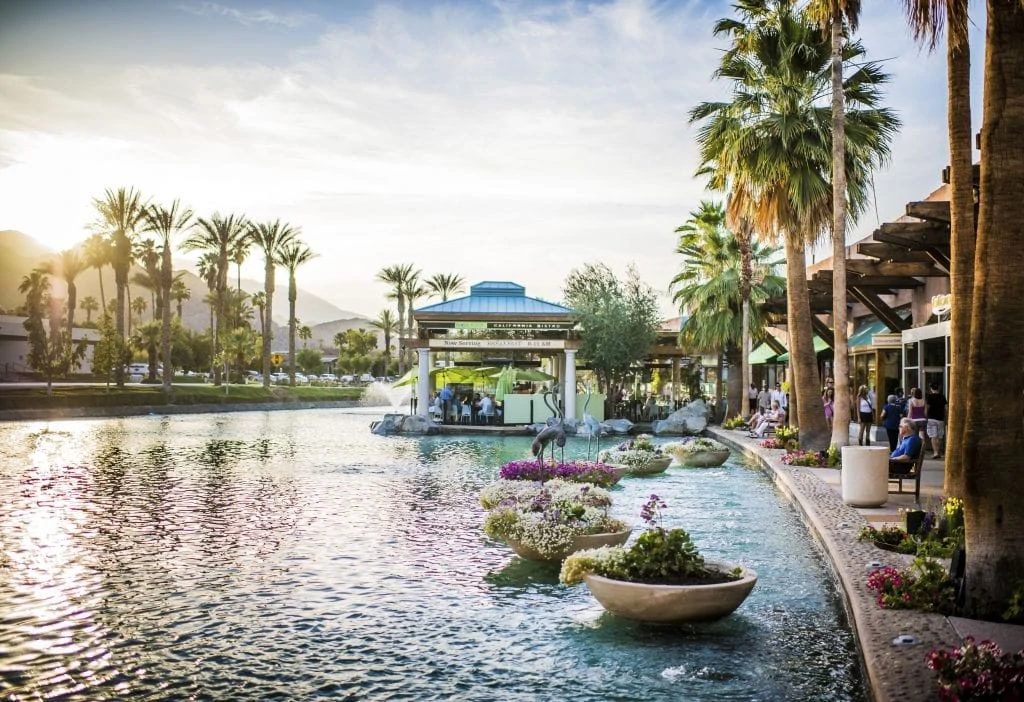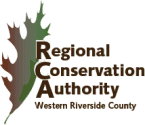The Point: Public encouraged to comment on draft environmental document and attend virtual public hearings
Fun in the sun… With more than 300 days of sunshine each year, the Coachella Valley offers non-stop opportunities for golfing, tennis, swimming, hiking, resort gaming, dining, shopping, and music festivals. But frequent traffic congestion on Interstate 10 and other eastbound routes can make driving to the Coachella Valley a frustrating experience. Similarly, traveling from the Coachella Valley to visit family in Los Angeles via bus or car can be lengthy and stressful.

RCTC is working in partnership with the Federal Railroad Administration and Caltrans on a long-term plan to provide a new public transit option. The proposed Coachella Valley-San Gorgonio Pass Rail Corridor Service Program would offer twice-daily roundtrip service between Los Angeles and the Coachella Valley. The 144-mile corridor would include stops in four counties – Los Angeles, Orange, San Bernardino, and Riverside – with the potential for up to six stations east of Colton and the service endpoint in either Indio or Coachella.
“Yay – a train! While passenger rail service is still many years away, completing the draft program level environmental document is a huge milestone,” said RCTC Chair and Palm Desert Mayor Pro Tem Jan Harnik. “We look forward to the day that train passengers can fully experience the attractions of our beautiful Coachella Valley. I see this as a transformational project – it will truly change how people travel between Los Angeles and the Coachella Valley,” she said.
The service would offer an alternative to driving or riding the bus, serve residential and job centers along the corridor, enhance access to Coachella Valley tourism and boost economic development from the tourism industry. It also is designed to reduce vehicle miles traveled on I-10 and other major highways and improve air quality, especially in disadvantaged communities that align highways.
The next phase of work is a Tier 2 Project Level EIS/EIR, which would study needed infrastructure improvements and station locations. RCTC is working with state and federal partners to secure funds for this next phase.
The estimated timeline for service to start could be up to 10 years after the Tier 2 EIS/EIR is completed. To advance the project to design, construction, and service, RCTC and project partners must finalize the Tier 2 document, secure funding for the estimated $1 billion project, and obtain commitments from the freight railroads.

Public participation is essential. Southern California residents are encouraged to review the draft environmental document from May 21 to July 6 at rctc.org/cvrail and at libraries at Los Angeles Union Station/Metro Library, Fullerton, Riverside, Colton, Loma Linda, Redlands, Beaumont, Banning, Palm Springs, Indio, and Coachella. Comments may be submitted:
By U.S. mail at:
Federal Railroad Administration
Amanda Ciampolillo, Environmental Protection Specialist
1200 New Jersey Avenue SE
Washington, DC 20590
During two virtual public hearings; the content will be the same at both meetings. Spanish interpretation will be provided.
Public Hearing #1: Thursday, June 22 at 6 p.m.
Register here
Public Hearing #2: Saturday, June 26 at 9 a.m.
Register here
